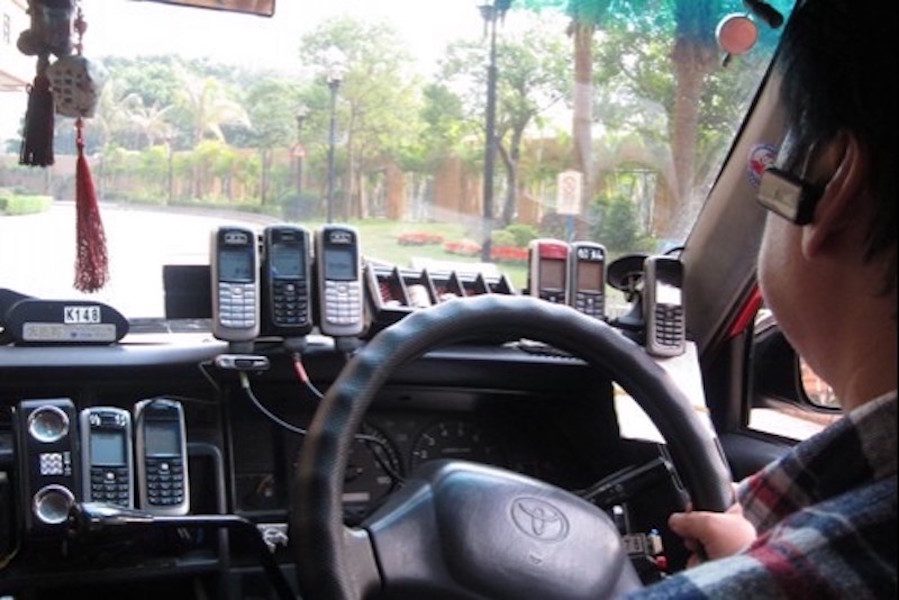In various research projects Reach has investigated people’s different uses and perceptions of the smart devices that are part of their personal ecosystems.
Ecosystems of smart devices
For many people functionalities are replicated across several of the devices they own; choosing which of these to use to accomplish a given task therefore is a complex process that involves various emotional and behavioural factors. Making sure all of their devices work together happily meanwhile is another challenge – especially when managing how content flows across them.
With the theme of connectivity, we explored the range of uses and perceptions people have of their cameras, tablets, laptops, game consoles, MP3 players, and smartphones. Together these form what is known as people’s ecosystem of devices. This work was done in various countries in parallel (UK, US, CN, IN).
People’s perceptions are influenced by the mental models they develop to manage their relationships with the devices they own. To uncover the underlying motivations for behavioural routines by which people integrate such devices into their lives, we needed to understand what influenced their choice of the right tool for a specific job. This research involved multiple phases, working across a number of time zones. The strong professional relationships within the Reach network ensured regular, close and open collaboration. The Reach partners involved in this project were STBY, Apogee, and Quicksand.
Emerging uses of rich media
Another project aimed specifically at understanding smartphone behaviours and practices in China and the United States, with a special emphasis relating to still image and video capture in the wider context of multiple devices across personal ecosystems.
Fieldwork was conducted in the form of in-depth video interviews on location, which resulted in design documentaries. This approach allows culturally-specific local influences to be preserved and examined within the films, whilst also ensuring the consistency of data needed for meaningful cross-regional analysis.
The research informed specific lines of enquiry that had been developed in previous projects with the client, and helped to broaden the existing base of knowledge. The Reach partners involved in this project were STBY, and Apogee.
Biometrics for secure access
For a client specialised in secure access systems and fingerprint recognition, Antropologerne and Apogee, conducted a user study for which they visited a range of different users in Asia (Hong Kong) and Scandinavia (Sweden & Denmark). The objective was to explore the potential consumer market for a new product related to secure mobile access for iPhone and iPad, using biometric technology in the form of a built-in fingerprint sensor.
The research generated insights on the role that mobile devices play in the everyday lives of people and the need for secure access to content on these. They also tested and evaluated the packaging, hardware and software of the new product.
Through this work they helped set the direction for further product development, e.g. by delivering four Innovation Vectors, and defined key barriers as well as future scenarios for potential new areas of business.
Feminine inspiration
A global electronics manufacturer wanted to gain insights into what women want from mobile phones and find design directions for phones with a female perspective. Reach partner Spur worked with the clients’ Insight & Innovation team in Tokyo and devised ‘collaborative innovation’ processes that started with internal “share and discover” workshops in 4 countries, and then continued with consumer insights intervention with consumers in Bangkok, including “homework’ exercises, home interviews, and co-creation workshops.
Bespoke tools were used to elicit insights and directions on both motivations and materials and shapes. The team supplemented this process with ad-hoc street interviews and Nokia internal expert interviews.
The results were presented in an internal sharing tool presenting bite size videos, slideshows, photos, where the audience in the client organisation could see and hear first hand what women want. There were also executive summaries in the form of PowerPoints. Workshops communicated the 5 key themes and design directions further internally and have resulted in successful product improvements.




